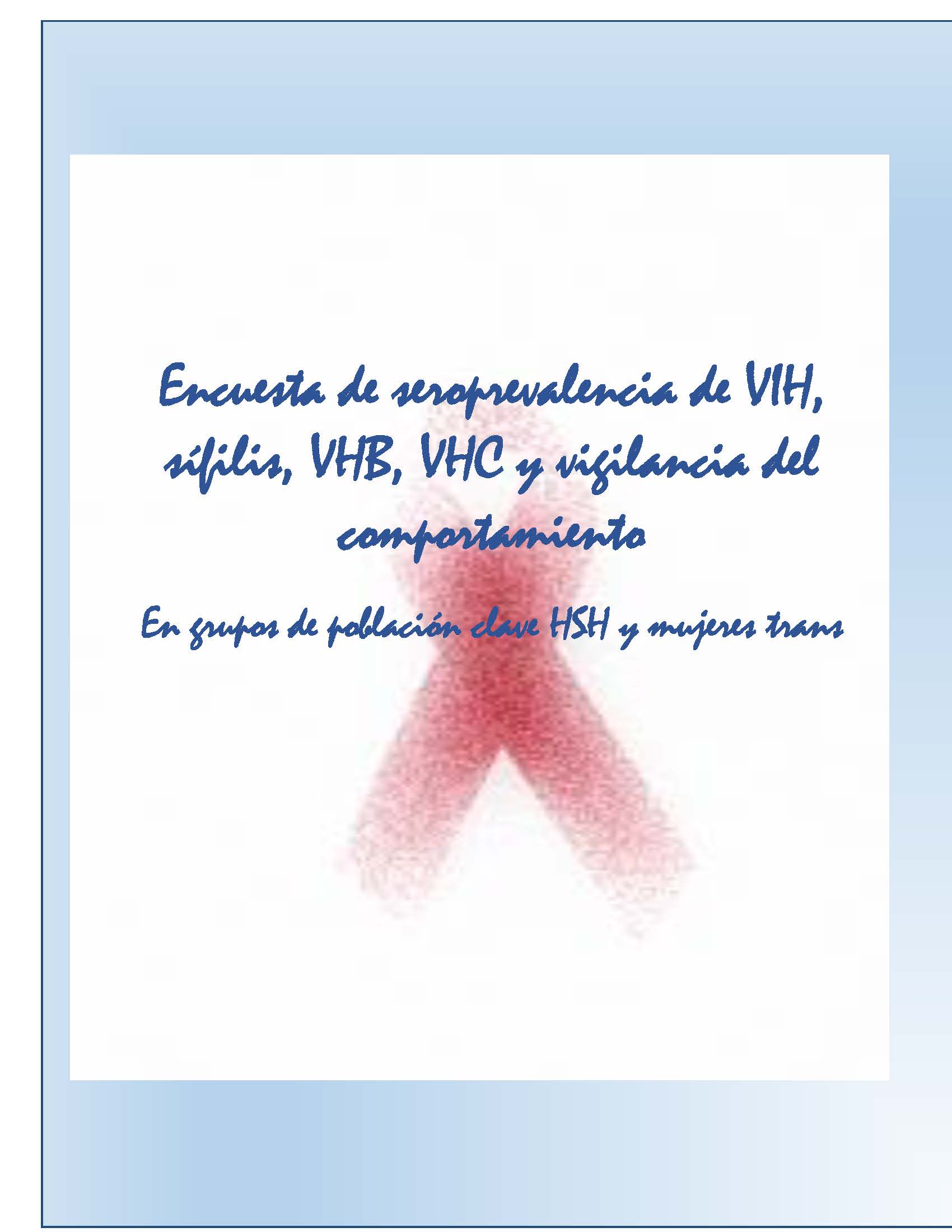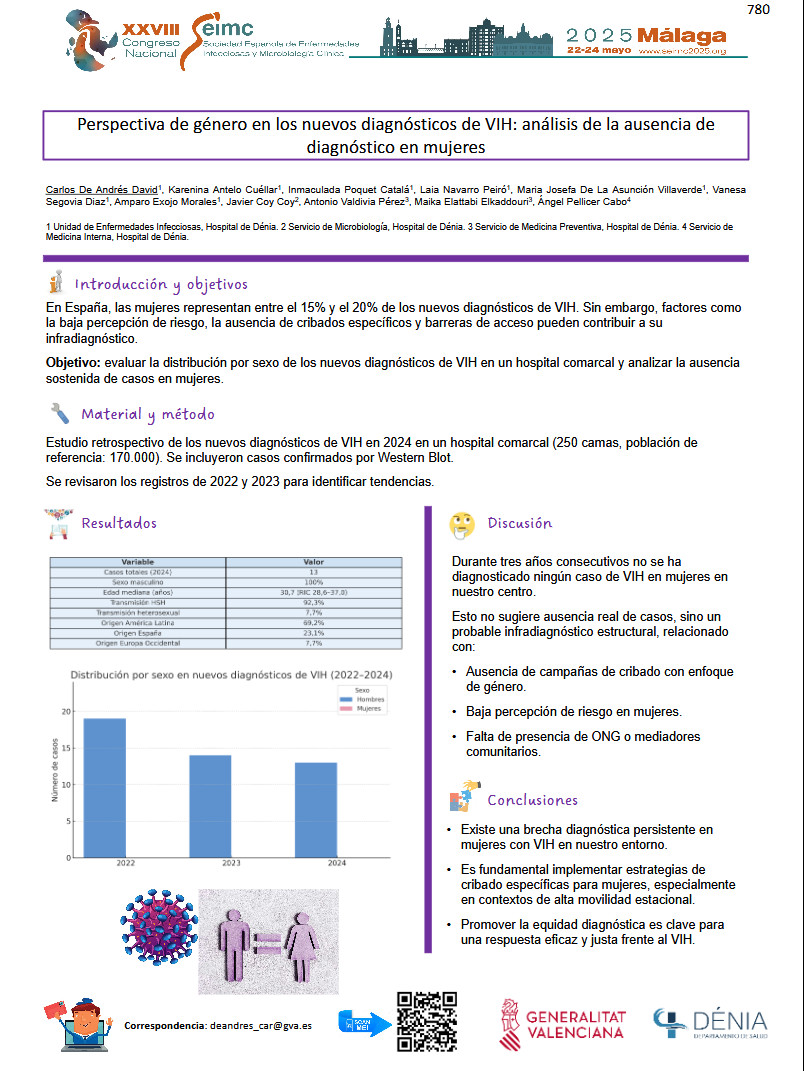Resum
Introducción: En los últimos años las mujeres constituyen uno de los grupos más vulnerables y afectados por el VIH.
Objetivo: Determinar características clínico-epidemiológicas de mujeres con VIH, residentes en el municipio Boyeros. Material y métodos: investigación descriptiva, retrospectiva de pacientes femeninas con VIH, diagnosticadas y residentes en el municipio Boyeros, desde 1986 hasta el 31 de diciembre del 2016. Se incluyeron solo las pacientes mayores de 14 años, vivas, diagnosticadas y residentes en el municipio. La muestra estuvo constituida por 99 casos. La fuente de información se obtuvo de las historias clínicas de la Consulta Municipal especializada para la atención a pacientes con VIH/sida del municipio Boyeros. Resultados: Las tasas de incidencia muestran tendencia ascendente. El 49,5 % se diagnostican con edades entre 15 y 29 años. Predominan las mujeres blancas en 40 %, con nivel de escolaridad secundaria básica (43 %). Un 19 % se hizo el diagnostico como gestante y más de 50 % no declararon vínculo laboral estable. El diagnóstico tardío se presentó en 43 % y a edades mayores. El último conteo de T-CD4 fue mayor de 350 células/mm3 en más de 50 %. El 92,9 % de los casos tienen indicado TARV. Conclusiones: La población femenina con VIH del municipio Boyeros es predominantemente joven, con nivel de escolaridad básica y sin vínculo laboral. Se mantienen casos de diagnóstico tardío y las cifras de T-CD4 muestran valores adecuados en la mayoría de los casos.
Introduction: Women are one of the most vulnerable groups affected by HIV during the last years. Objective: To determine the clinical and epidemiological characteristics of women with HIV in Boyeros municipality. Material and Methods: A descriptive retrospective research was conducted in female HIV patients in Boyeros municipality from 1986 to December 31, 2016. Only alive women older than 14 years living in the aforementioned municipality who were previously diagnosed with HIV were included in the study. The sample was composed of 99 cases. The information was obtained from the clinical records of the Municipal Consultation where specialized care is given to patients with HIV/AIDS. Results: The incidence rates of HIV infection in women showed a rising trend. Also, 49,5 % of women infected with HIV were between 15 and 29 years of age. There was a prevalence of whites (40 %) as well as women with secondary levels of education (43 %). The diagnosis was also made in pregnant women, representing the 19 %. More than 50 % of them declared not to have steady jobs. Late diagnosis was identified in 43 % of women in older ages. The latest T-CD4 count was higher than 350 cells/mm3 in more than 50 % of them. ART was indicated in 92,9 % of the cases. Conclusions: The female population infected with HIV in Boyeros municipality is mainly young; a lot of them have basic educational levels and do not have an employment contract. Late diagnosis of HIV infection continues to be identified. T-CD4 cell counts show adequate values in most of the cases.






